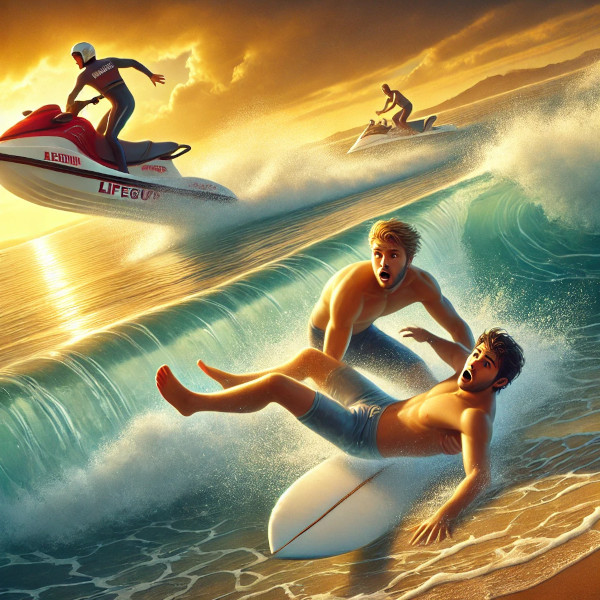Liability for surfing injuries in Australia is a complex legal issue. The ocean is unpredictable and surfing carries inherent risks. Surfers must understand their legal responsibilities to stay protected.
If a surfer causes injury they may be held liable under negligence law. The key legal principle is duty of care. A surfer must take reasonable care to avoid causing harm. If a surfer acts recklessly or ignores safety they could be sued for damages.
Collisions between surfers are a common cause of legal disputes in Australia. The law considers whether the surfer acted reasonably in the circumstances. Surf etiquette helps determine fault in surfing accidents. The surfer on the wave first usually has the right of way. If another surfer drops in and causes injury they may be legally responsible.
A surf school or instructor can be liable if a student gets injured. They have a duty to ensure reasonable safety during lessons. Liability depends on whether the instructor took adequate precautions to prevent harm. A beginner must receive proper instruction and be supervised appropriately. If an instructor is negligent they may be sued for compensation.
Surfboard rental companies have legal obligations to provide safe equipment. A defective surfboard or leash could result in liability for injuries. If a company provides faulty gear and an injury occurs they may be held responsible. They must inspect equipment regularly and warn customers of potential risks. Failure to do so could lead to legal consequences in court.
Councils and local governments manage beach safety and may have some liability. If a council neglects to maintain safe conditions they could face legal claims. This includes failing to warn about dangerous rips or hazards in the water. Lifeguards must act with reasonable care when performing rescues. If lifeguards fail to assist properly councils could be sued for negligence.
Sharks and marine life pose another legal grey area in surfing liability. Governments implement shark control measures to reduce risks for surfers. If a government installs drumlines or nets they could be liable for any harm caused. A surfer injured by a net or drumline may have grounds for a legal claim. However natural wildlife dangers are generally considered an assumed risk of surfing.
Surfers who participate in competitions may have different legal protections. Event organisers must ensure reasonable safety measures are in place. If an injury occurs due to inadequate planning the organisers could be liable. Competitors usually sign waivers which limit their ability to sue for injuries. However waivers do not cover gross negligence or reckless conduct.
If a surfing accident results in serious injury or death legal action may follow. Families may file a claim for wrongful death if negligence is involved. Courts will examine whether the responsible party failed to take reasonable care. Compensation may be awarded for medical costs lost income and emotional suffering. Cases are complex and require strong legal evidence to succeed.
Insurance can help protect against liability in surfing accidents. Surf schools and event organisers should have public liability insurance. Individual surfers may also take out personal accident insurance for protection. Without coverage a legal claim could result in significant financial loss. Understanding legal rights and responsibilities is crucial for all surfers in Australia.


Leave a Reply